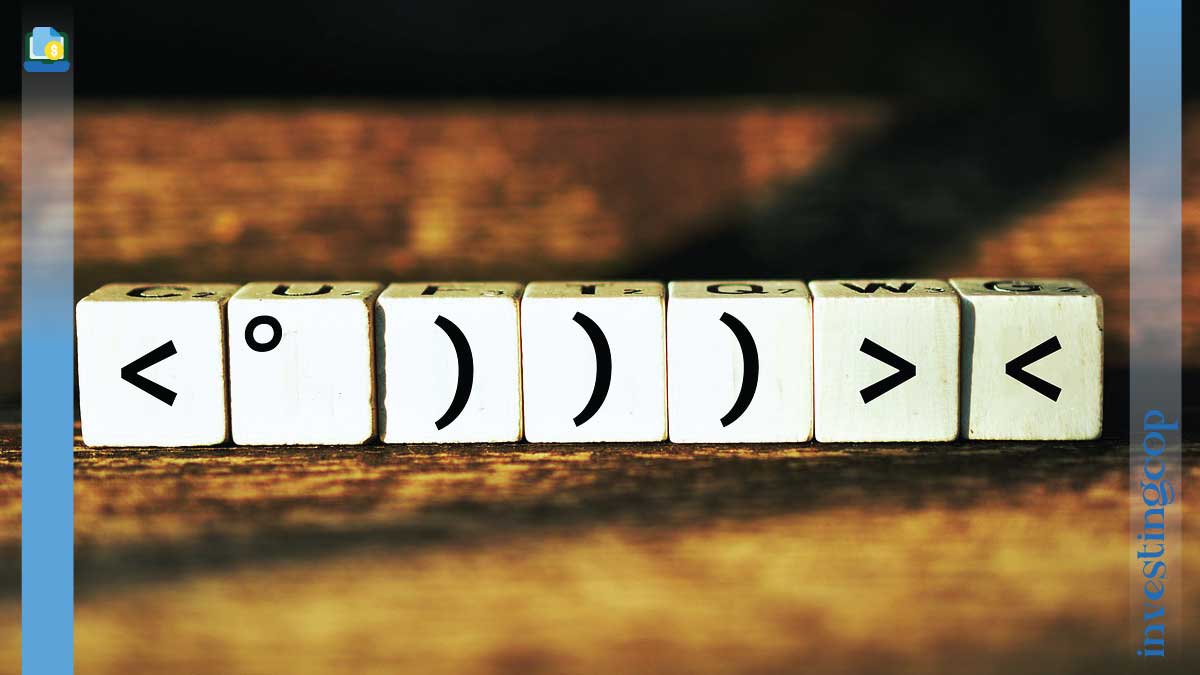The Term Deposit Certificate (CDT) has long been one of the safest and most traditional investment options. However, with technological advances and the digitalization of financial products, a new type has emerged: the dematerialized CDT. This type of certificate has gained popularity in the business and financial fields due to its efficiency, flexibility and security. Below, we will explore in detail what a dematerialized CDT is, how it works and what its advantages and possible disadvantages are.
What is a dematerialized CDT?
A dematerialized CDT is a certificate of deposit that is issued and managed electronically, eliminating the need for a physical document.
Instead of receiving a paper title, the investor obtains a digital record of his or her investment through financial institutions that issue this type of title.
This registry guarantees ownership and rights over the deposit, offering the same legal security as a traditional CDT, but with a series of additional benefits in terms of operational efficiency.
Operation of the dematerialized CDT
The process for acquiring a dematerialized CDT is relatively simple. The investor selects the financial institution of his/her preference, defines the amount and term of the investment, which can generally vary between 30 days and 5 years, and makes the deposit electronically.
Once this process is complete, the investor receives a digital record certifying the ownership of the deposit.
All management is carried out through online platforms, where the user can check the status of their investment at any time.
The dematerialized CDT is stored in electronic custody systems, which eliminates risks such as loss, deterioration or theft of physical documents.
These systems also guarantee the security of the investment through authentication and digital protection mechanisms.
Advantages of dematerialized CDT
1. Security
By eliminating physical media, the risk of loss, fraud or theft is significantly reduced.
In addition, digital authentication allows for greater protection against potential cyber-attacks, provided that good security practices are followed by the issuing entity and the user.
2. Agility and efficiency
The process of opening and managing a dematerialized CDT is completely digital.
This means that investors can carry out all operations from anywhere, without having to go to a bank office, which saves time and reduces operating costs for both investors and financial institutions.
3. Real-time access
Being digitalized, the CDT can be monitored at any time through online platforms.
This provides greater transparency and allows the user to have control over their investment without having to wait for account statements or perform manual queries.
4. Reduced management costs
Dematerialized CDTs, as they do not involve the issuance of physical documents or traditional administrative procedures, usually have lower associated costs.
Although some entities may charge fees for the management of these electronic assets, these are generally lower than the costs of managing physical CDTs.
Disadvantages and challenges
1. Technological dependence
Since the investment is completely digitalized, there is a reliance on technological infrastructure to access information and manage the CDT. This can pose a risk in the event of technological failures or cyber-attacks.
2. Lack of familiarity
For investors accustomed to physical certificates, the dematerialized CDT may generate some distrust or confusion, especially if they are not familiar with digital custody processes.
3. Possible additional fees
Some financial institutions may apply maintenance or management fees for dematerialized CDTs.
It is important for investors to consider these fees as they may impact the net return on investment.
How to choose between a traditional CDT and a dematerialized one
Both types of CDT have their advantages, and the choice will largely depend on the preferences and needs of each investor.
If you value the convenience of managing investments online, avoiding the loss or damage of physical documents, and taking advantage of the agility offered by digital platforms, the dematerialized CDT may be the best option.
On the other hand, if you want to maintain physical control of the documents and carry out the procedures in person, a traditional CDT can still be a valid option.
Comparison between traditional and dematerialized CDT
Below is a comparison between the two modalities to help investors make more informed decisions:
| Feature | Traditional CDT | Dematerialized CDT |
| Form of issue | Paper certificate | Digital record |
| Security | Risk of loss or theft | High digital security |
| Access | Physical, must go to the entity | Online, accessible from anywhere |
| Fraud risk | Moderate | Low |
| Ease of management | It depends on the entity | Fully digital |
| Broadcast time | It can be longer | Immediate |
Conclusions
The dematerialized CDT is a modern option that combines the security and stability of traditional CDTs with the technological advantages of digitalization.
For financial managers, investors and business administrators seeking efficient alternatives to manage their resources, this type of investment offers agility, security and greater control over financial assets.
However, it is crucial to evaluate both the benefits and challenges, always ensuring that reliable vendors are selected and good cybersecurity practices are maintained.
This type of financial product is aligned with current digitalization trends in the banking sector, offering a flexible and practical solution for those seeking to maximize their investments safely and efficiently.





